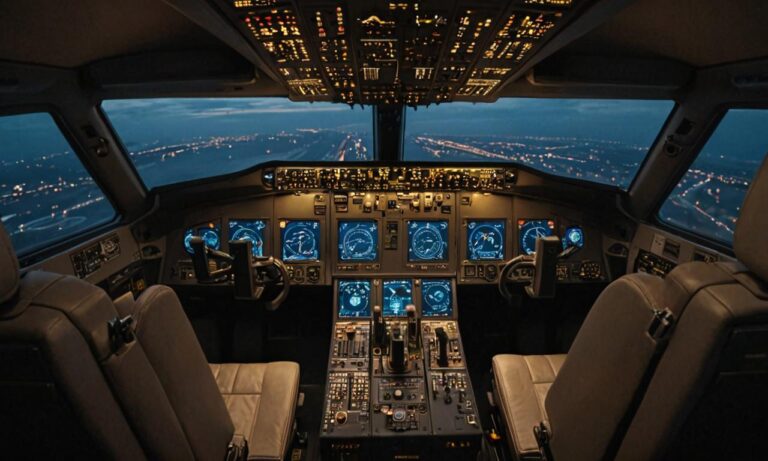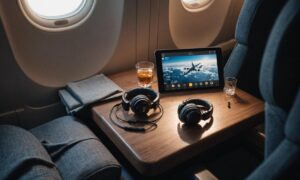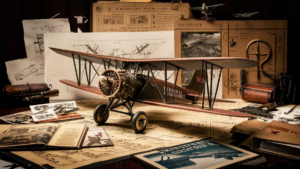The Boeing 767-300/300ER is a versatile and widely used aircraft in commercial aviation, renowned for its efficiency, reliability, and range. This twin-engine wide-body jetliner has been a cornerstone in the fleets of numerous airlines across the globe, serving various routes from short-haul domestic flights to long-haul international journeys.
Design and Specifications
The Boeing 767-300/300ER is a stretched variant of the original 767-200, offering increased capacity and improved performance. It features a spacious cabin layout, typically configured to accommodate between 181 and 261 passengers in a two-class configuration.
Equipped with advanced avionics and aerodynamic enhancements, the 767-300/300ER boasts impressive capabilities. Its maximum range extends up to 6,385 nautical miles (11,825 kilometers), making it suitable for transcontinental and transoceanic routes.
Performance and Efficiency
With its efficient twin-engine design and advanced technology, the Boeing 767-300/300ER delivers excellent fuel efficiency and operational flexibility. It is equipped with high-bypass turbofan engines, such as the General Electric CF6 or Pratt & Whitney PW4000 series, which contribute to its economical operation.
Furthermore, the aircraft’s aerodynamic improvements, including winglets and refined airfoils, enhance fuel efficiency and reduce drag, resulting in lower operating costs for airlines.
Operational Flexibility
The Boeing 767-300/300ER’s versatility allows it to serve a wide range of routes and destinations, from busy urban hubs to remote airports with shorter runways. Its ability to operate in diverse environments makes it a popular choice for airlines seeking flexibility in their fleet operations.
Additionally, the 767-300/300ER’s commonality with other Boeing aircraft, such as the 757 and 777, enables airlines to streamline maintenance, training, and logistics, further enhancing operational efficiency.
Market Impact and Legacy
Since its introduction in the 1980s, the Boeing 767-300/300ER has left a significant mark on the commercial aviation industry. Its combination of range, capacity, and efficiency has made it a preferred choice for both legacy carriers and low-cost operators.
Despite the emergence of newer aircraft models, the 767-300/300ER continues to play a vital role in airline fleets worldwide, serving as a reliable workhorse for long-haul operations.
The Boeing 767-300/300ER remains a cornerstone in the modern aviation landscape, renowned for its versatility, efficiency, and reliability. With its impressive range, spacious cabin, and operational flexibility, it continues to be a preferred choice for airlines seeking a cost-effective solution for a wide range of routes and missions.
Environmental Sustainability
While the Boeing 767-300/300ER boasts efficiency in fuel consumption and operational costs, there’s increasing scrutiny on its environmental impact. Airlines are under pressure to reduce carbon emissions, leading to the exploration of alternative fuels and eco-friendly technologies for existing aircraft.
Passenger Comfort and Amenities
As airlines focus on enhancing passenger experience, amenities and comfort features aboard the Boeing 767-300/300ER are evolving. From improved seating arrangements to in-flight entertainment systems and connectivity options, airlines are investing in upgrades to attract and retain passengers.
| Feature | Benefits |
|---|---|
| Ergonomic Seating | Enhanced comfort during long-haul flights, reducing fatigue. |
| Entertainment Systems | Provides passengers with a range of entertainment options, improving overall flight experience. |
| Connectivity | Allows passengers to stay connected with the outside world through internet access and communication services. |
Frequently Asked Questions
- Q: What are some notable airlines that operate the Boeing 767-300/300ER?
- A: Airlines such as Delta Air Lines, American Airlines, United Airlines, and All Nippon Airways are among the notable operators of the Boeing 767-300/300ER.
- Q: How does the Boeing 767-300/300ER compare to newer aircraft models in terms of efficiency?
- A: While newer aircraft may offer advancements in efficiency, the 767-300/300ER remains competitive due to its proven track record, operational flexibility, and cost-effectiveness.
See also:






